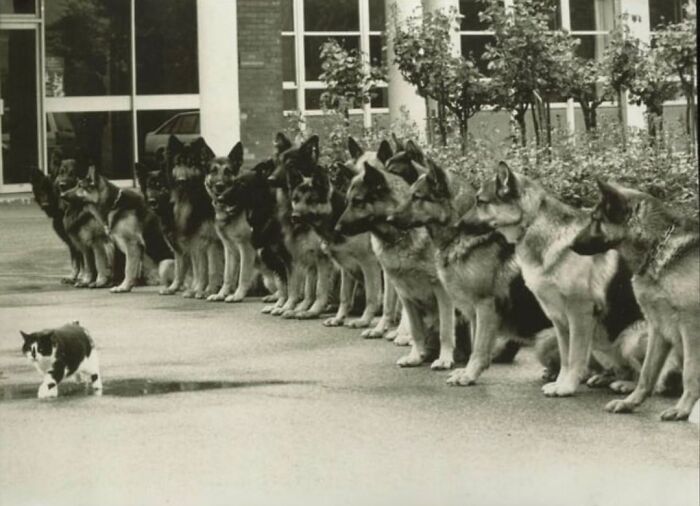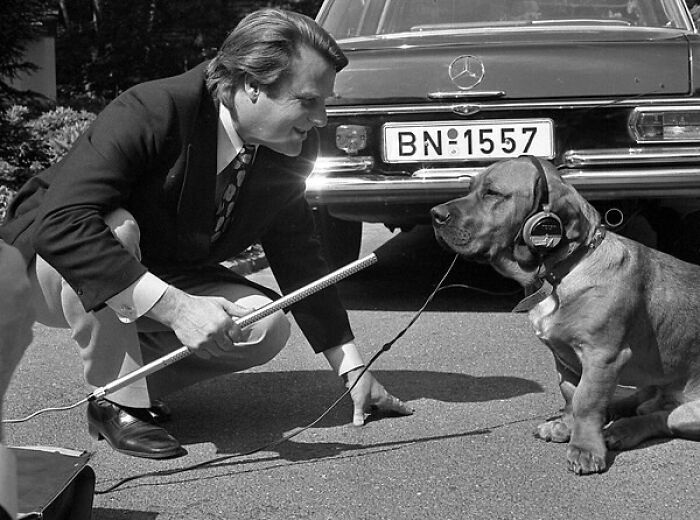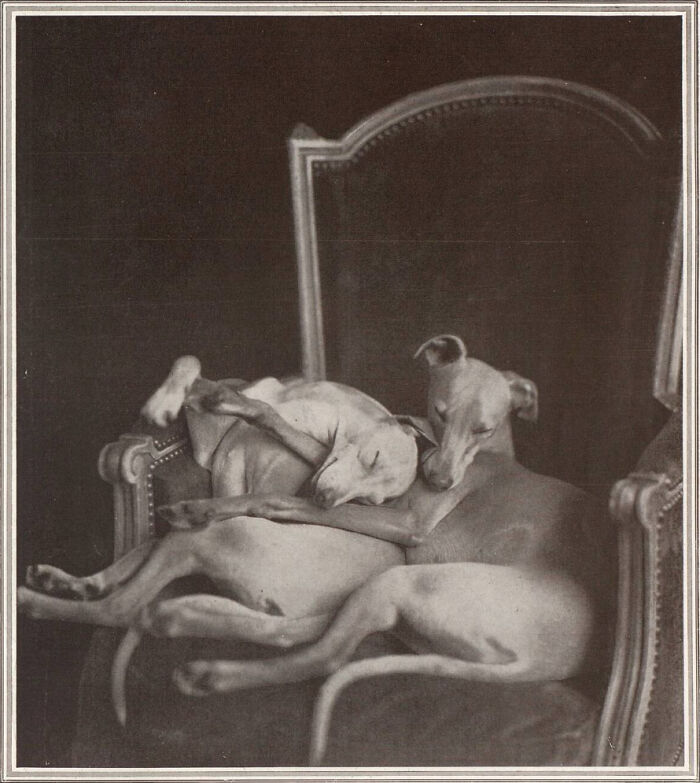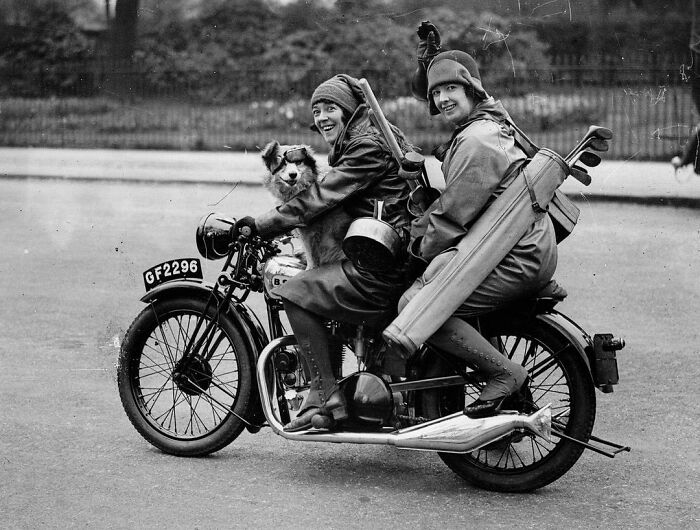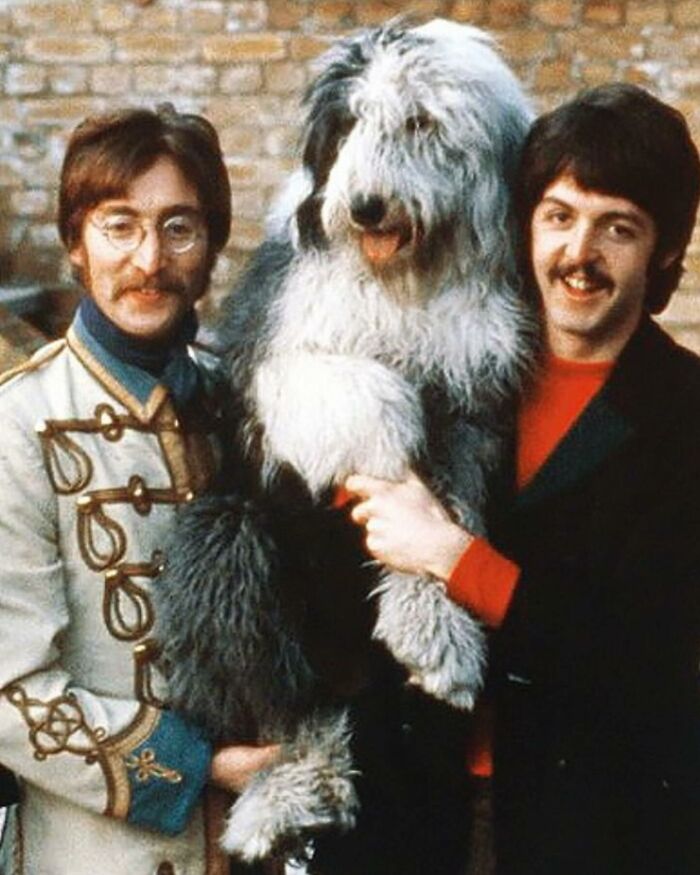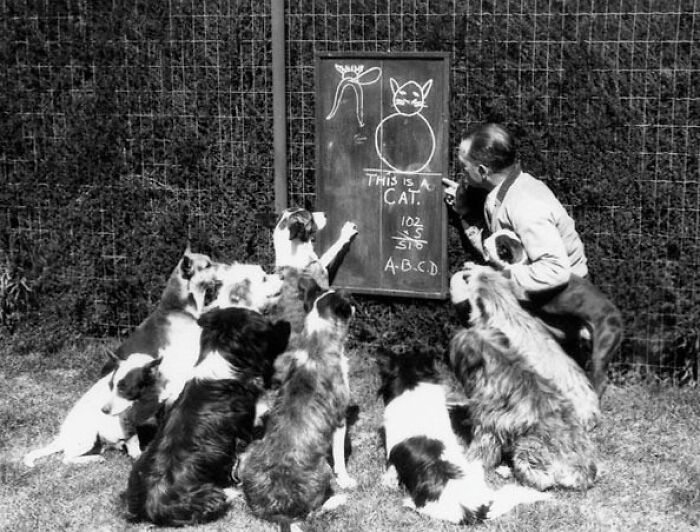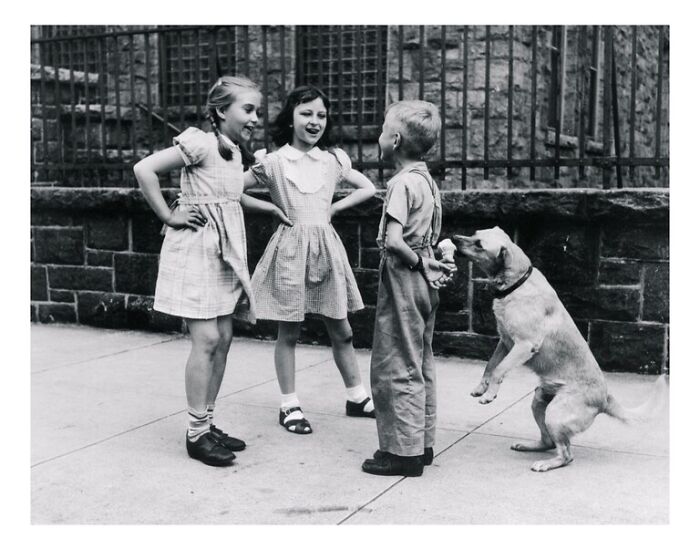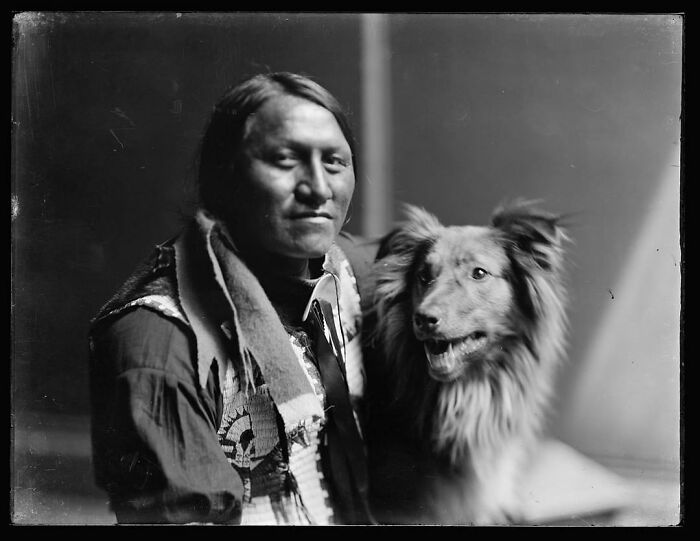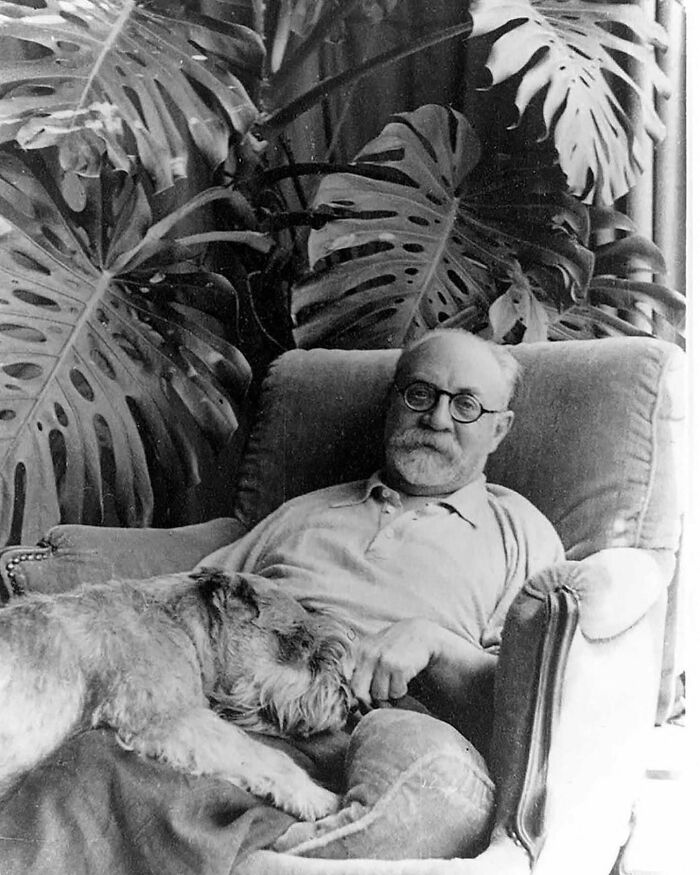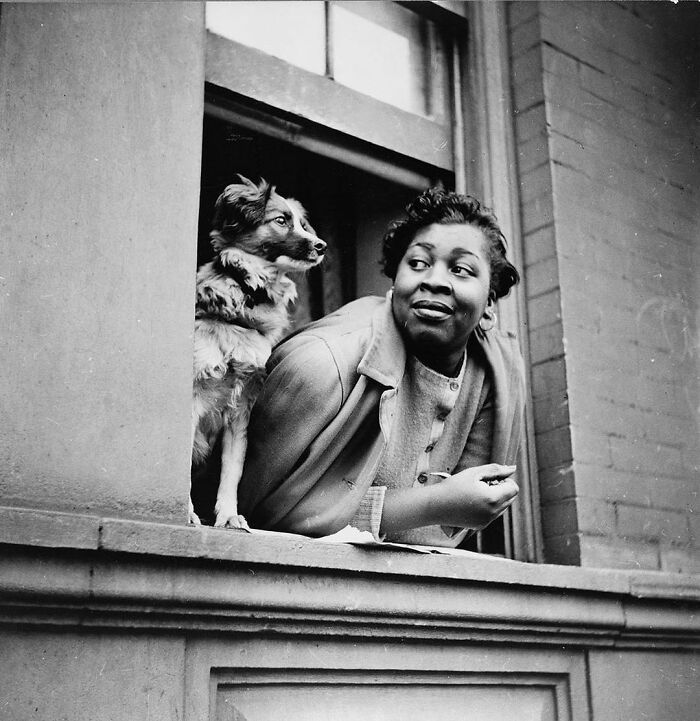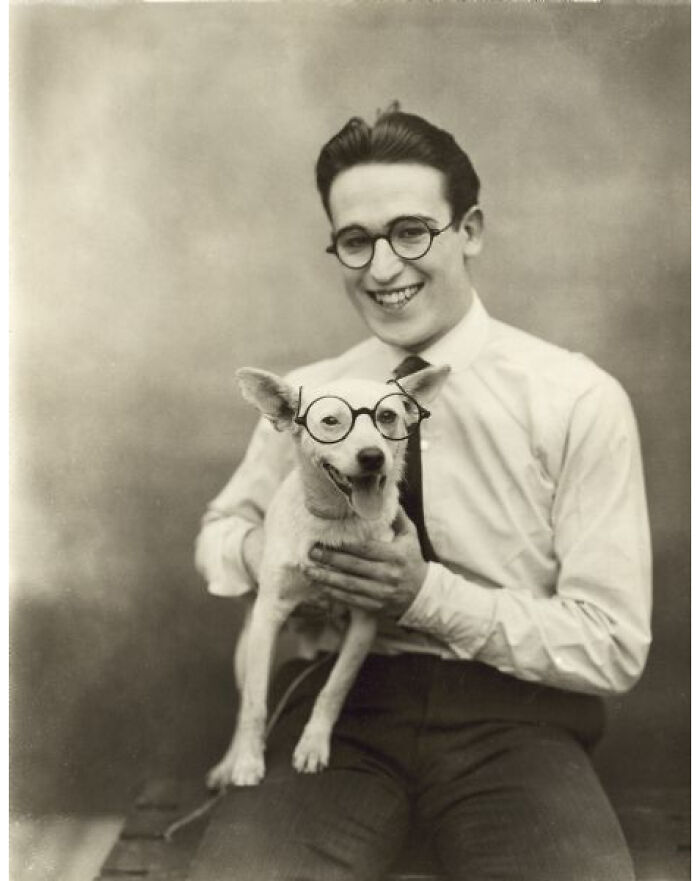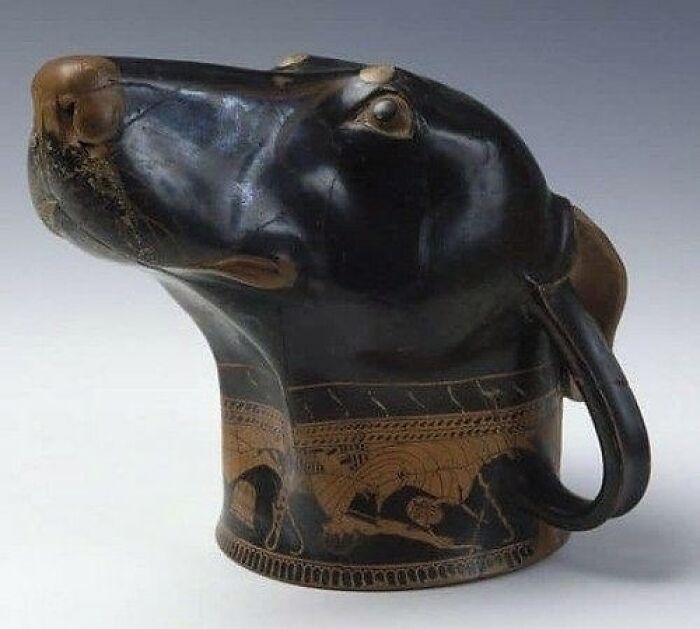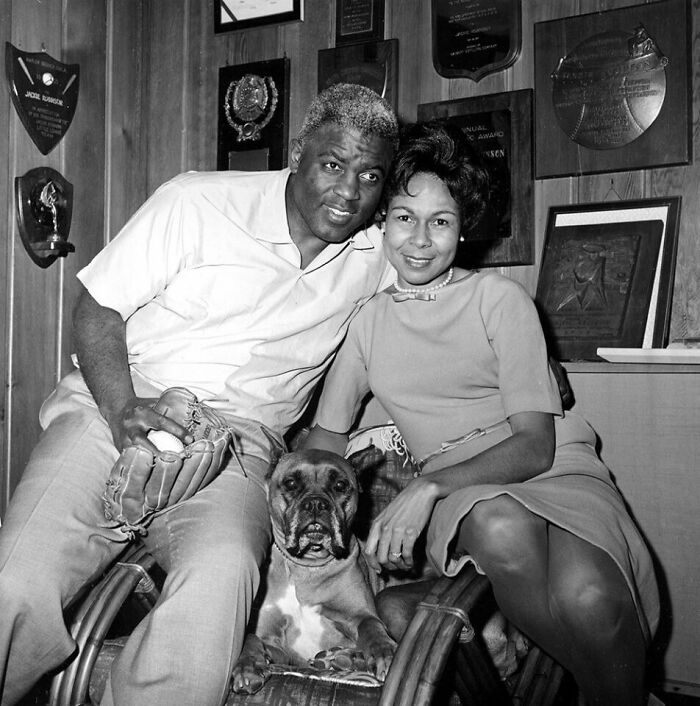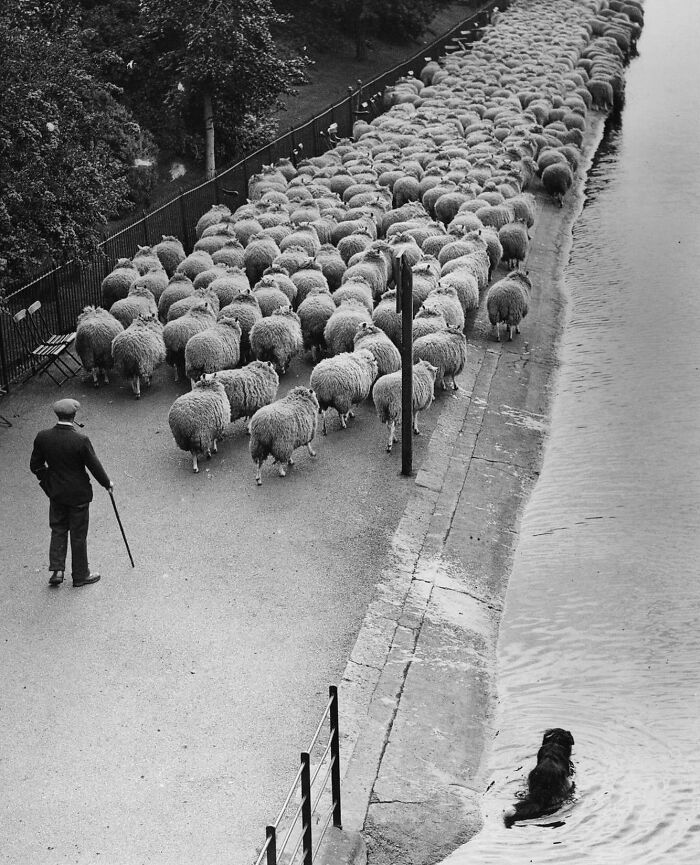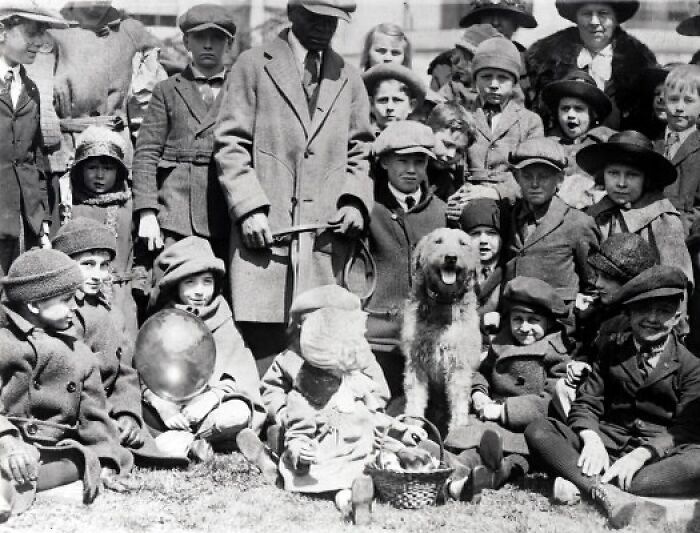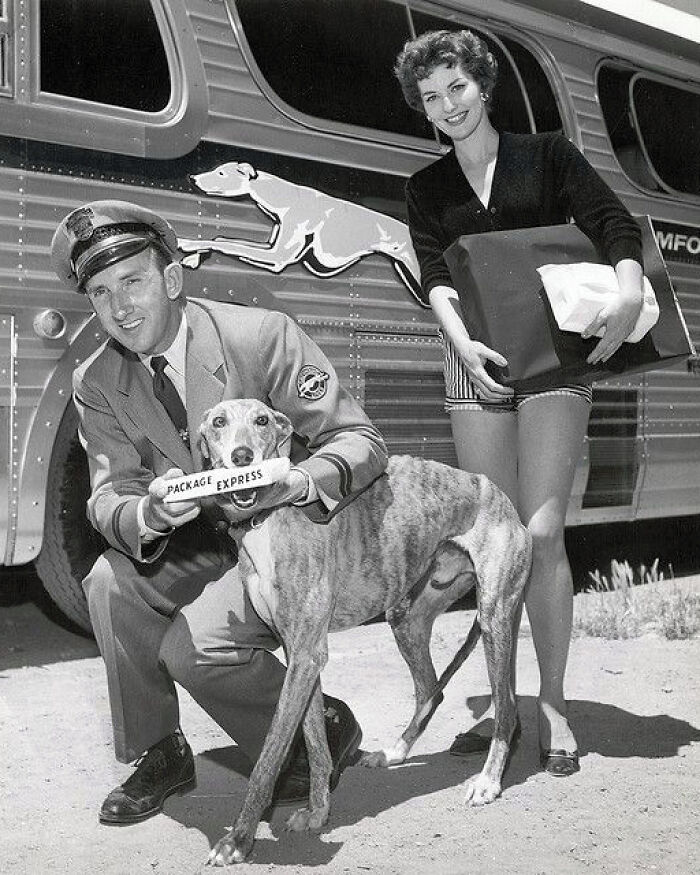Nowadays, every dog owner’s camera roll is brimming with proof of said critter being a human’s loyal companion. But if you’d like to see some images dating tens if not hundreds of years back, scroll down to find some of the best posts shared by ‘A History Of Dogs’ Instagram account, and enjoy. Below you will also find Bored Panda’s interviews with the creator of the Instagram account, as well as the professor and chair of Florida Gulf Coast University’s department of Biological Sciences, Charles Gunnels, who was kind enough to answer a few of our questions about domesticated animals. “I’m a dog lover and history buff so combining the two was fun for me,” they told Bored Panda in a recent interview. “I enjoy the storytelling and research involved in each post. I wish I had more time to do it.” “I used to have a terrible boss. When I brought my well-trained, fully potty-trained dog to my boss’s studio for the first time, he walked in and immediately took a piss on my boss’s personal bag. I was apologetic, but I know why my dog did it. Who else would do that? No one. Definitely not my cat, even though I love him a lot too.” “Much of the research has focused on domestic animals having evolved to us. For example, a recent study found that dogs—and not wolves—evolved a muscle above their eyes that allows them to raise their ‘eyebrows’ in a similar fashion to human facial expression. The follow-up study has not been completed yet, but I would expect that people show a strong preference for dogs that can produce this signal.” “Humans and the willingness to associate with humans is the most important difference between wild animals and their domestic counterparts. Animals that were willing to associate and interact with humans made the first steps towards domestication,” Dr. Gunnels suggested, pointing out that those which avoided humans remained wild. “The domestication process and the willingness to associate or avoid humans is the first—and I would argue—the most important piece in the domestication process. You cannot domesticate animals that actively avoid humans. This final statement may be overly simplistic, but it is true.” “There is tons of evidence that shows a positive effect of pets on people; pets are associated with physiological, mental, and behavioral improvements in people. This does not mean that pets benefit everyone, but pets have clear positive effects on many,” the expert added. Discussing what affects the well-being of the animal itself, the professor of biology suggested that three main factors tend to influence animal behavior the most, which are health and well-being, social environment, and genetics and how genes interact with the environment. Happy scrolling! Follow Bored Panda on Google News! Follow us on Flipboard.com/@boredpanda! Please use high-res photos without watermarks Ooops! Your image is too large, maximum file size is 8 MB.









